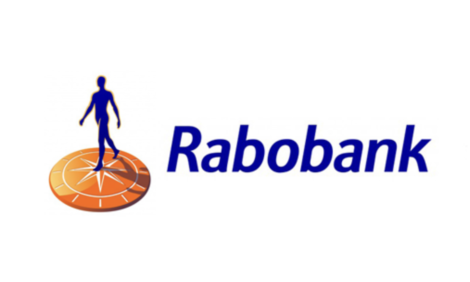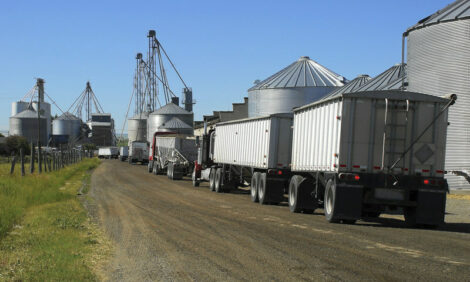



U of S Estimates High Fat Oat Variety Five Years Away
CANADA - Farm-Scape: Episode 1459. Farm-Scape is a Wonderworks Canada production and is distributed courtesy of Manitoba Pork Council and Sask Pork.  Farm-Scape is sponsored by
Manitoba Pork Council and Sask Pork  Play Audio Play AudioFarm-Scape is a Wonderworks Canada production and is distributed courtesy of Manitoba Pork Council and Sask Pork. |
Farm-Scape, Episode 1459
The University of Saskatchewan's Crop Development Centre estimates it will take at least five more years of breeding before a high fat variety of oat will be available for commercial production.
In feeding trials hogs fed a diet based on an experimental line of high fat oats outperformed those fed normal oats demonstrating performance that would be similar to pigs fed a barley diet.
The specific line used in those trials won't go beyond the testing stage because it was not good enough in the field agronomically but other lines will be moving forward.
Barley and Oat Breeder Dr. Brian Rossnagel says similar lines, including several with even higher fat contents than the one in the feeding study, will go into multiple site yield trials in Saskatchewan and Alberta this coming summer.
"Now that we've established and convinced ourselves, as we hope as well as others, that this is a valuable trait to chase for the hog feeders, we can now concentrate on combining that high fat level which we have in a number of our breeding lines, and selecting ones that in addition to that higher fat have as low a percent hull as possible, I.E. as high a percent groat yield as we can get and other very important things.
For folks in Manitoba and Eastern Saskatchewan we have to combine that with proper stem and rust resistance.
For everybody we have to make sure the lines are smut resistant and then we look for the ones that yield the best and have the best straw strength and aren't too late.
One of the major things we have to be very careful with in these high fat lines is that there is a strong tendency for the lines in our breeding program that have high fat to have relatively thin grain.
We're selecting very hard to try to get lines that have the high fat and have a good plump seed with a minimal amount of hull".
Dr. Rossnagel says the hope is to advance one or two of the most promising selections to the western co-op trials for testing by 2005 and 2006.
For Farmscape.Ca, I'm Bruce Cochrane.








